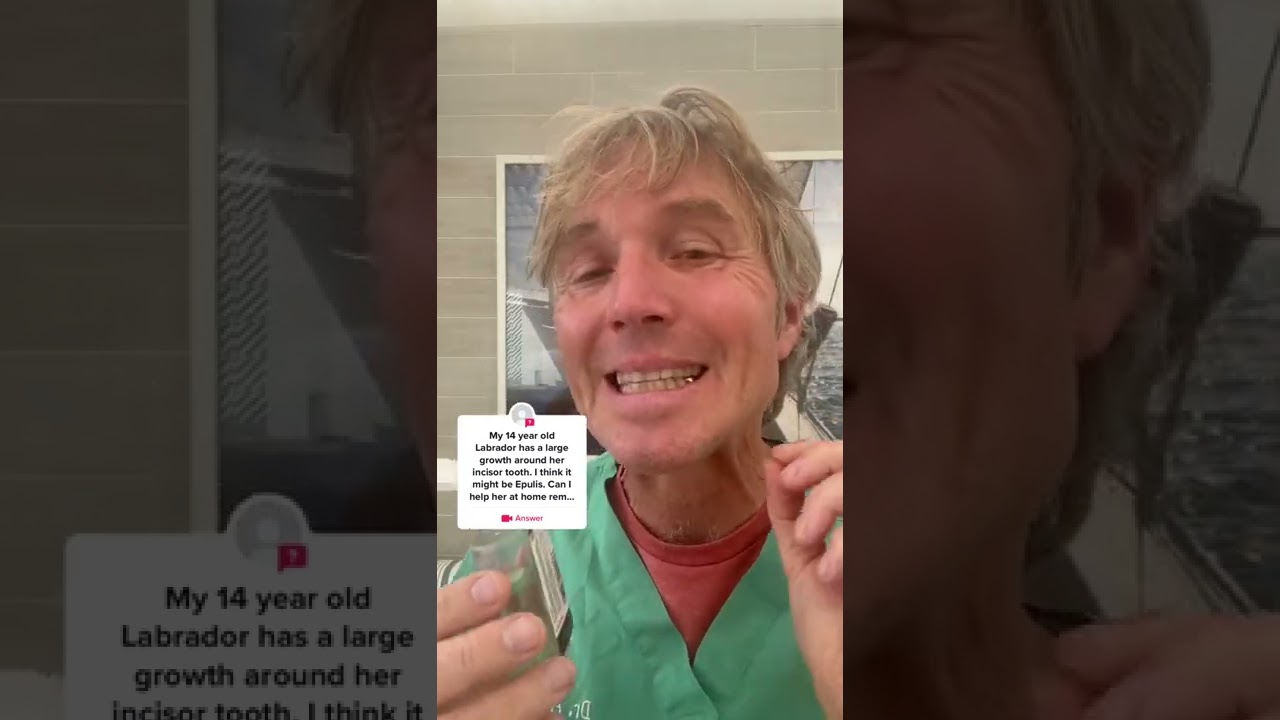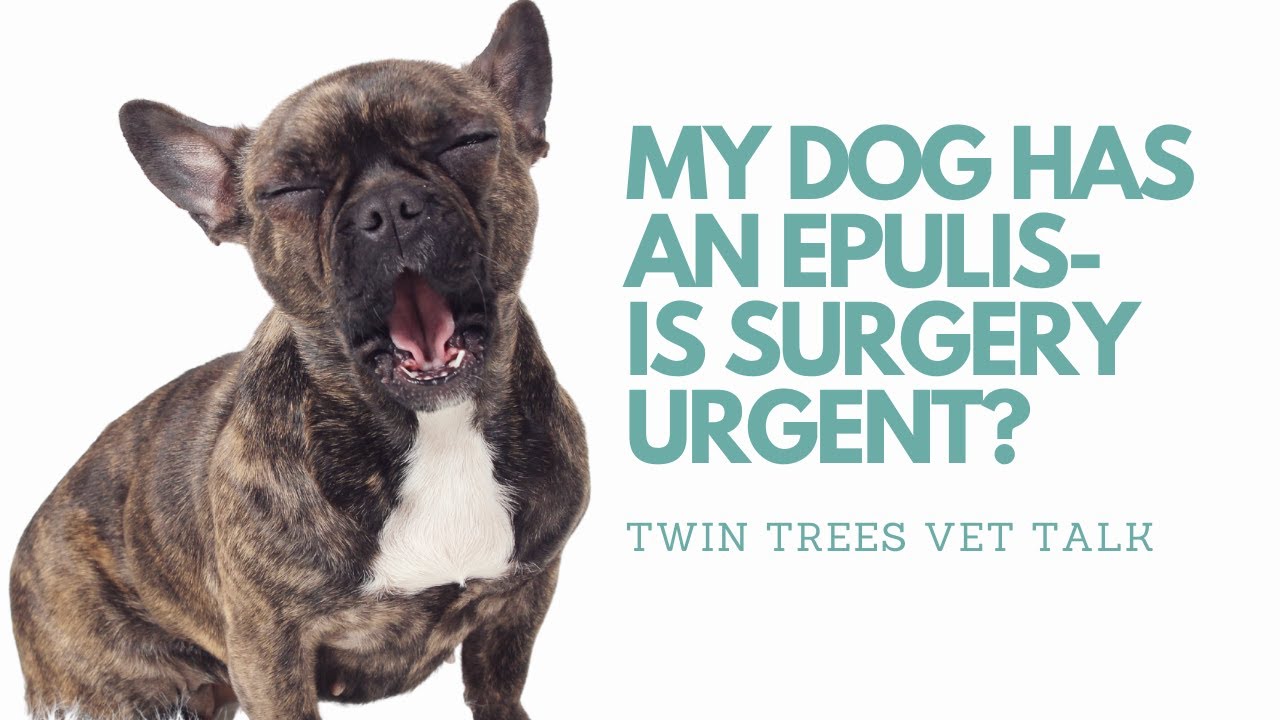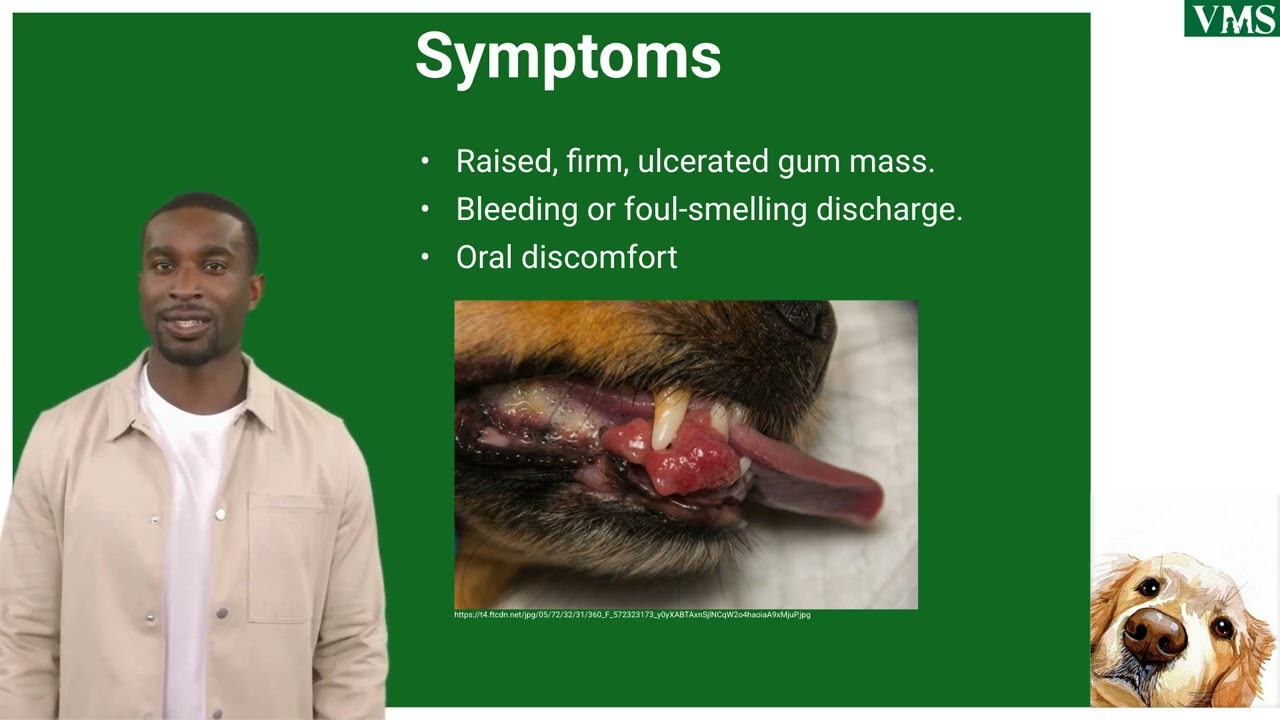When it comes to our furry friends, their health is always a top priority. One issue dog owners must be aware of is epulis in dogs, a type of benign tumor that often develops on the gums. Although the exact cause of epulis isn’t well understood, identifying the symptoms early can lead to effective treatment and ensure your dog remains happy and healthy. In this comprehensive guide, we’ll dive into the different types of epulis, their symptoms, diagnoses, treatment options, and essential care tips for your canine companion.
Understanding Epulis in Dogs: What You Need to Know
Epulis manifests as a non-cancerous growth that can create significant problems if left untreated. The three principal types of epulis are fibromatous, ossifying, and acanthomatous, each varying in characteristics and treatment approach. While they might not pose life-threatening risks, ignoring them can lead to complications. Regular oral health checks are just as vital for dogs as they are for humans, as oral issues can often indicate broader health problems.
Understanding that epulis in dogs can develop slowly is crucial. You might not notice it initially, and while they’re usually painless, they can become bothersome to your pet over time. Dogs affected by epulis might show signs of discomfort or reluctance to chew, which is a signal that warrants immediate veterinary attention.
Symptoms of Epulis in Dogs
Recognizing the symptoms of epulis in dogs can help catch the issue early. Here’s what pet owners should keep an eye out for:
Making sure to watch for these symptoms can help you address any potential issues before they escalate, keeping your furry friend safe.

Diagnosing Epulis: What Vets Look For
When you head to the vet, diagnosing epulis typically involves a thorough physical examination of your dog’s mouth and potentially some dental X-rays. This helps veterinarians determine the nature and extent of the growth. It’s essential to differentiate between epulis and other possible oral tumors or infections, as the treatment may change based on the diagnosis.
If your dog shows signs of gum swelling or discomfort, don’t hesitate to consult your veterinarian. Early intervention can be crucial in preventing complications related to other oral diseases or systemic health issues like uveitis in cats or myasthenia gravis in dogs.
Top 7 Treatment Options for Epulis in Dogs
When it comes to treating epulis in dogs, several effective methods stand out. Here’s a breakdown of the top options:
Each treatment plan will vary based on your dog’s specific condition and overall health. Consulting with your veterinarian will help you choose the best option tailored to your dog’s needs.

Home Care Tips Post-Treatment
Following up with excellent home care is essential after treating any case of epulis. Here are some practical tips:
Good home care can significantly enhance the healing process while preventing future oral issues.
Understanding Related Health Concerns
While epulis can stand alone as a concern, awareness of related issues is vital. For instance, conditions like pannus in dogs (an eye issue) or others like gravis in dogs may arise if there are underlying health complications affecting your pet’s immune system. Noticing shifts in behavior or overall wellness can aid in early detection, leading to comprehensive care.
Additionally, monitoring your dog’s weight and nutrition can also prevent potential problems. Ensuring they avoid harmful products like Neosporin on cats is essential to keep them healthy and avoid unnecessary vet visits.
Positioning for Preventative Care
Preventative care should be a priority for every pet owner. Regular veterinary check-ups become a standard part of ensuring gum disease and other complications are caught early. This includes not just dental cleanings but also vaccinations and wellness exams.
Incorporating dental chews, specially designed for dogs, can go a long way in maintaining clean teeth and gums. Products like Greenies or other vet-recommended dental treats can help control plaque and keep your dog’s mouth healthy.
Understanding the Bigger Picture
Overall, the importance of dental care in dogs cannot be overstated. By prioritizing oral health, pet owners can reduce the risk of issues like epulis. Regular check-ups, early detection, and comprehensive dental care will keep your dog not only happy but healthier for longer.
Just because epulis in dogs is benign doesn’t mean it should be taken lightly. By focusing on preventative measures, staying informed about symptoms, and working closely with your veterinarian, you can protect your furry friend’s oral health for years to come. Remember, consistent care is key to their well-being!
By maintaining robust dental health practices and monitoring for signs of gum issues, such as epulis, pet owners can ensure their pups lead long, healthy lives. Whether it’s through stringent home care or timely vet visits, a proactive approach is the best way to safeguard your four-legged companions.
Fun Trivia and Interesting Facts About Epulis in Dogs
Did You Know?
Epulis in dogs may not be the most commonly discussed health issue, but it certainly has its quirks! For instance, these tumors often pop up in older dogs, especially in breeds like Boxers and Bulldogs. Speaking of distinctive breed traits, have you ever seen a black white French bulldog? Their unique look can steal a show, just like how some dogs are more prone to dental issues, leading to epulis. Just as legendary characters like Tony Longo and Ray Finkle brought their own flavor to the silver screen, every dog with epulis holds a story of their own.
Epulis vs. Other Oral Tumors
Interestingly, while epulis is a benign growth, it can sometimes be confused with malignant oral tumors. Understanding the differences is key for pet owners. Just like it’s important to know if can Beardies eat Blueberries, it’s crucial to get accurate information about your pup’s health! The path to better dental care for dogs starts with recognizing symptoms in the early stages. So, if you see something that doesn’t seem right, don’t hesitate to consult your vet.
Treatment Insights
When treating epulis in dogs, surgery is often the go-to option. But did you know that many dogs bounce back remarkably fast after this procedure? It’s almost like how Australian blue merle shepherd Puppies embody both energy and agility! Plus, regular dental check-ups can really help in preventing the occurrence of epulis. Speaking of preventative measures, maintaining a good diet can also contribute to oral health; just like how a good Thumbs up meme can brighten someone’s day! So, keeping a watchful eye on your dog’s dental hygiene is just as important as making sure they get their regular exercise.
By keeping these fun facts and trivia in mind, you can ensure your furry friend remains healthy and happy!






